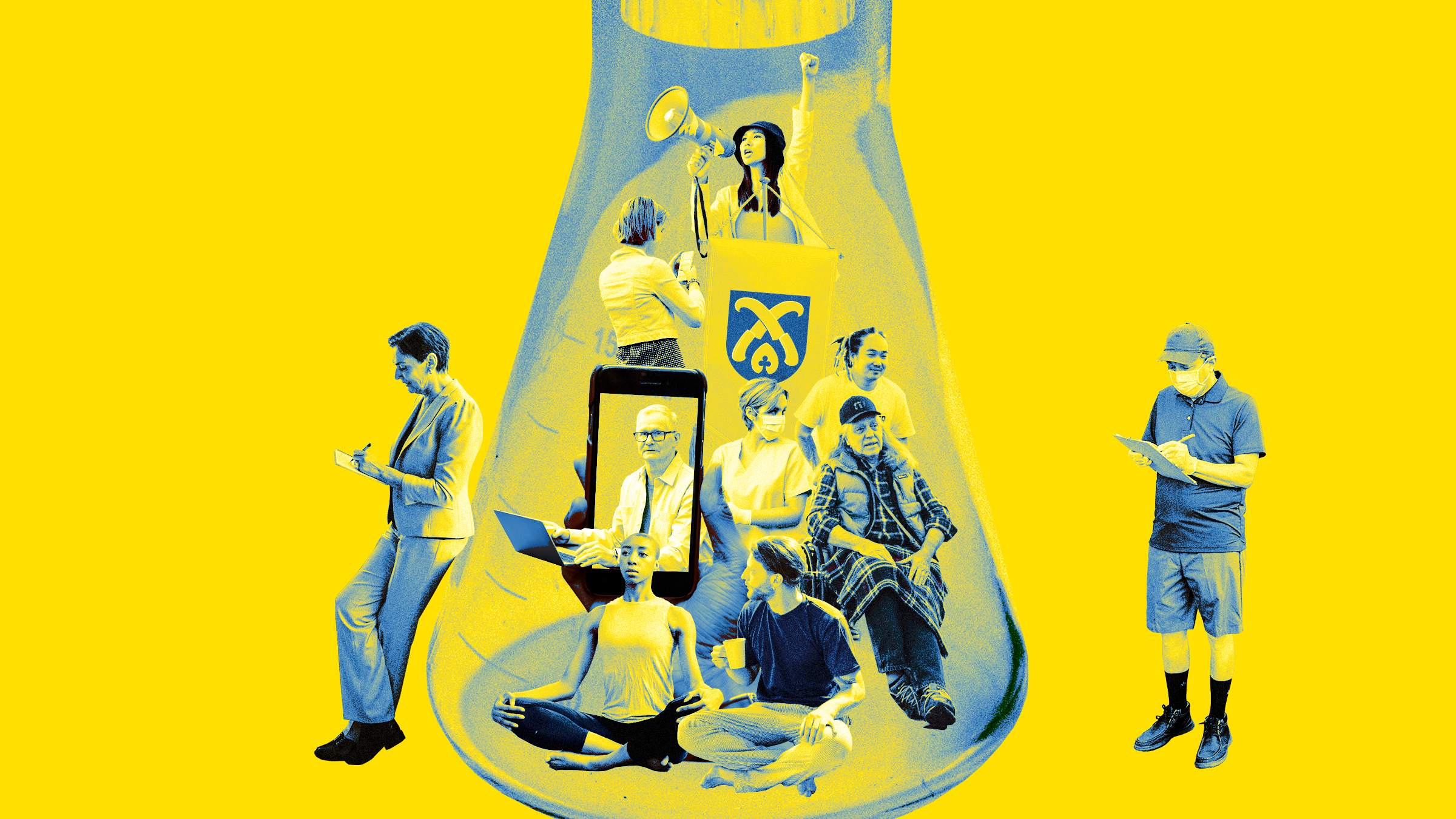What happens in Brussels doesn’t have to stay in Brussels
Sitra Lab is all about experimentation and the development of practical solutions to societal changes. Last year this unique training programme by Sitra focused on tackling the challenges of local participation in six different regions of Finland. Through bold experimentations, selected Lab teams shared a common mission to renew Finnish democracy.
One of the teams concentrated on developing digital means for participation in Siilinjärvi, a municipality of a mere 21,000 people situated in North Savo, Eastern Finland.
In Siilinjärvi, the polling percentage in last year’s regional elections reached 48.5%. While not a brilliant number by any standard, it was still 3% higher than the national average in Finland. In response to the low voter turnout and overall citizen passivity, Team Siilinjärvi experimented and eventually launched a digital platform for participatory budgeting.
Although the concept of digital platforms are nothing but a new, this team aimed to raise the bar and wanted to to produce a more high-quality digital product than ever before, to back-up local democracy.
Last year, Siilinjärvi, along with their fellow Sitra Lab experimental teams, were ready to embark on a journey to Brussels for a deep dive into local democracy in central Europe.
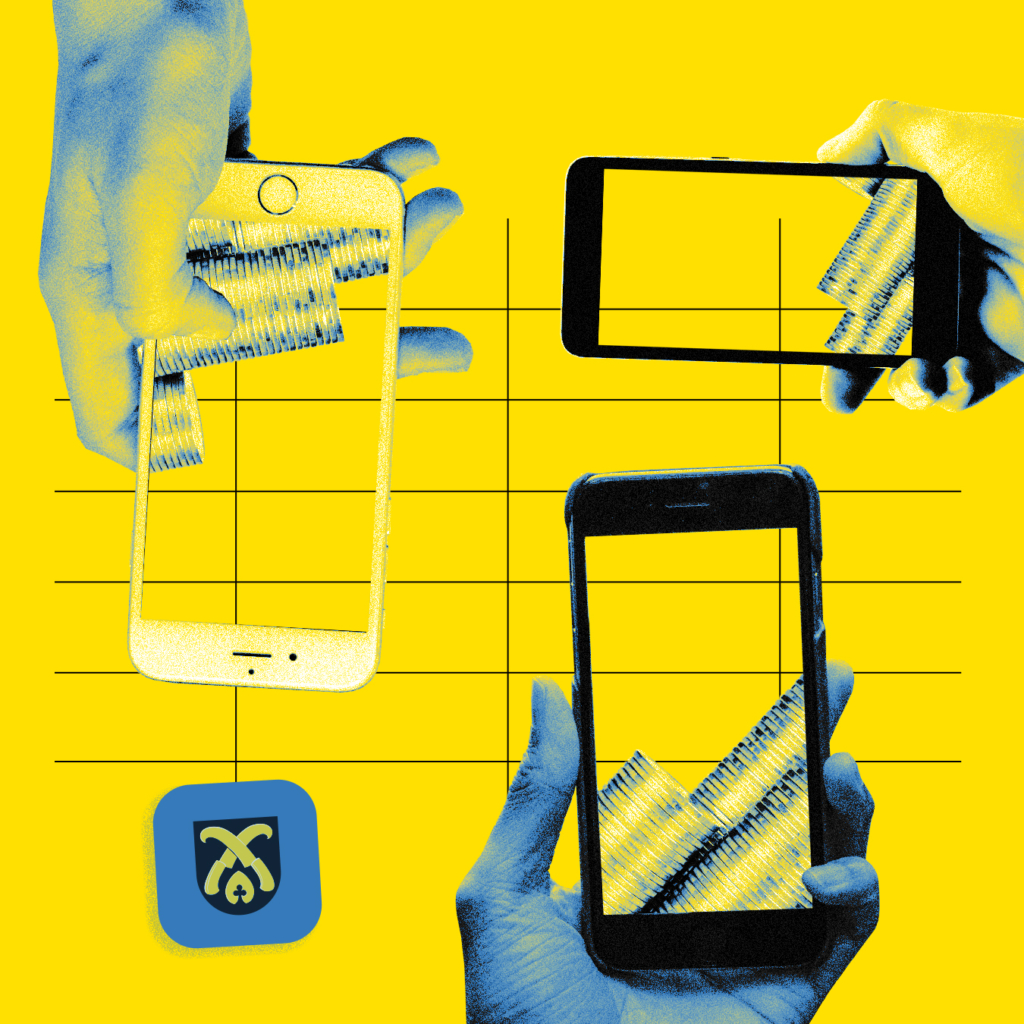
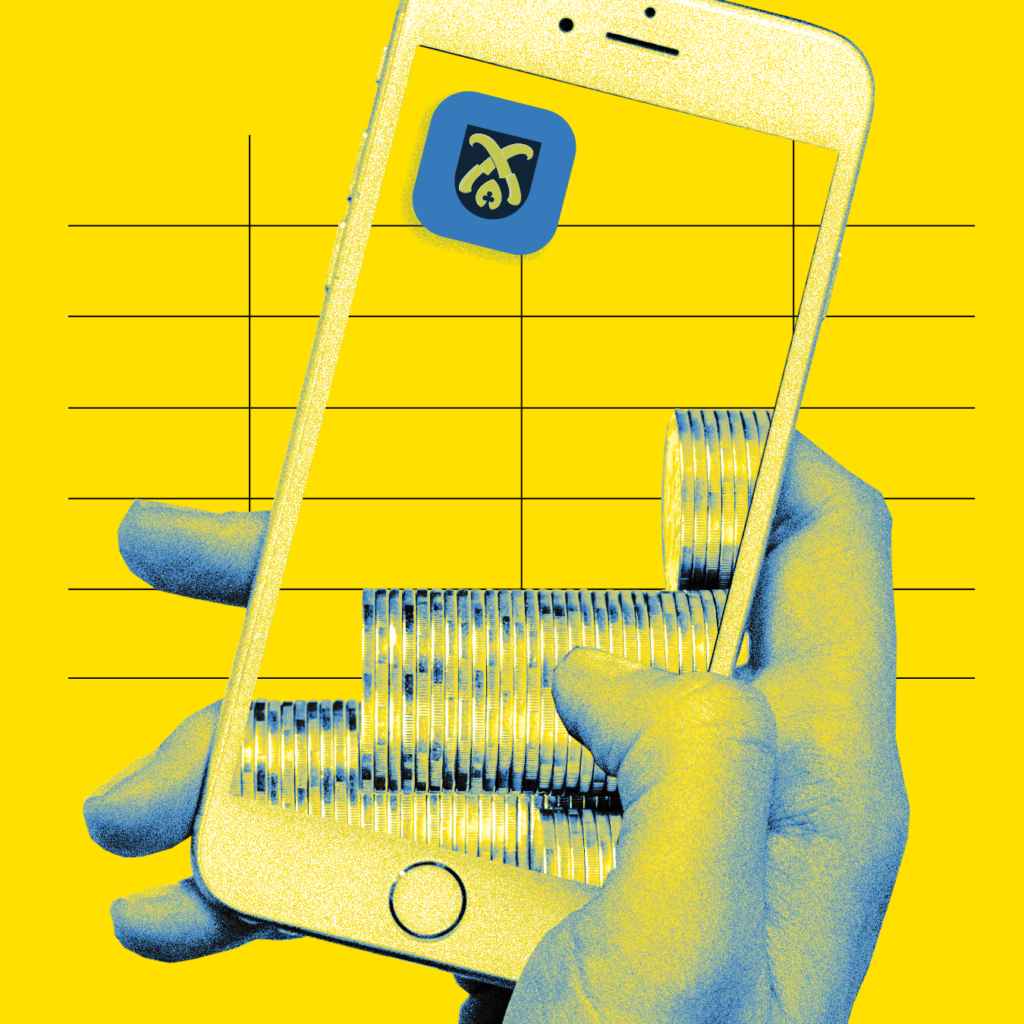
Slippery paths of digitalization
Democracy in Europe has been experiencing a mild but steady decline. When it comes to citizens’ willingness to participate locally, we’re likely reaching an all-time low with decreasing voter turnout.
Paradoxically, at the same time, people’s eagerness to have a say in decision-making seems to be only growing.
“Not only do people feel unheard or unrepresented, but they also have low trust in decision-makers. Giving residents a voice only every four to six years is outdated,” says Wietse Van Ransbeeck, CEO and co-founder of the digital engagement platform CitizenLab.
CitizenLab is a govtech company Sitra Lab teams had the opportunity to visit during their field trip in Brussels.
The company aims to build stronger local democracies by making public decision-making more inclusive, participatory, and responsive.
Their goal is to facilitate civic engagement through a digital platform that makes it easier for local governments to collect input from residents and use the data for improved decision-making. Currently, over 400 local governments in 20 different countries have worked with CitizenLab.
“A recent Oxford university study found that there is an obvious mismatch between what decision-makers thought citizens’ needs were and what they actually were,” Van Ransbeeck states.
The study points to an even more serious problem: only 17% of the people think that most politicians and parties care about ordinary citizens in Belgium. The distrust is real.
Then again, Finland was one of the first nations interested in digitizing its democratic functions, but somehow the digital path has been more slippery than expected. In Belgium, on the other hand, digital participation could well be some five to seven years ahead of us.
Wanted: a culture and a mindset
During their visit to Brussels, the Sitra Lab teams had a few key questions in mind. One of them being: What do we need to understand about the current situation to make local participation successful?
“In 2015, we constantly had to explain why digital participation is inevitable. Now there is political will to implement participatory forms of democracy in many cities, and more governments see digitalization as vital to the community,” Van Ransbeeck reminds.
One of Brussels’ specialties, on the European scale, is its capacity to intertwine all levels of democracy. The citizen, communities, and also local governments can participate in the same decision-making process at different levels.
Digitalization has been one means of fitting these levels together for the same mission.
So, could we reframe and transport this model to suit different contexts? To Finland, perhaps even to Siilinjärvi?
Milla Kahelin, who was part of the Siilinjärvi team, has a thought or two up her sleeve about this topic.
“Our local decision-makers tend to be more advanced in years, shall we say. Their own ability to take advantage of and spread the good news of ‘the digital means’ is hindered by their concerns regarding how easily the elderly Siilinjärvi population will be able to adapt to using the newest digital solutions. Our response has been to examine and understand this particular challenge more closely”.
In CitizenLab’s experience, it’s usually less about age and ability and more about institutional buy-in and bureaucracy not set up for innovation or speed.
“Even though Finland is, in many respects, a frontrunner in the use of digital technology – at least such an image has been created – we are really lagging behind in the use of digital means when promoting inclusion,” sums up Kahelin (and in the same breath, she isn’t hesitant to use the word “stone aged.”)
Today, citizen participation is strongly embedded in the governmental system. But what is the meaning of the mindset and culture around democracy and participation?
“For me, it’s about institutionalizing participation in decision-making processes. Then, the entire organization – the entire functioning of the government – is built around it,” says Van Ransbeeck.
Towards more embedded participation
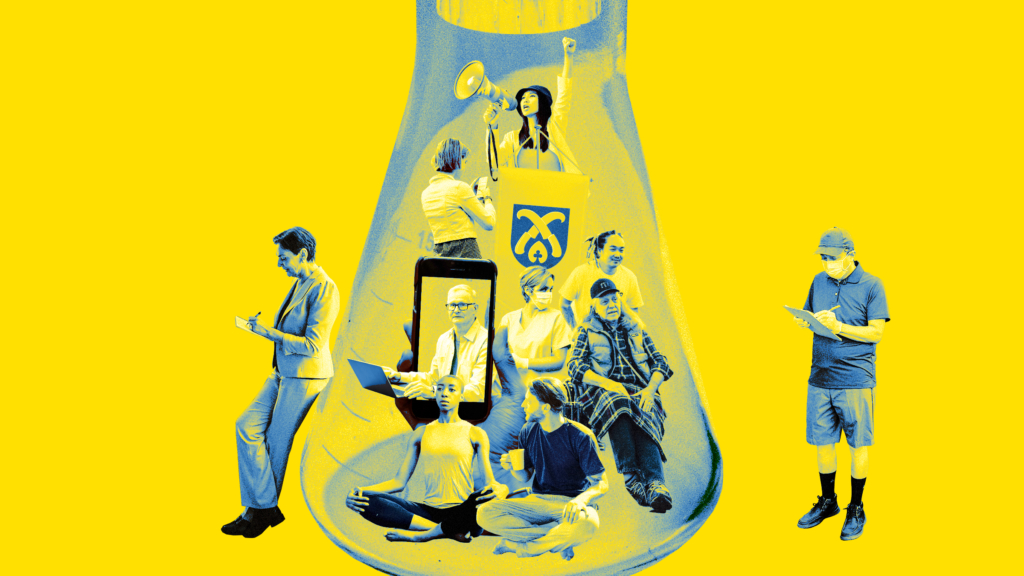
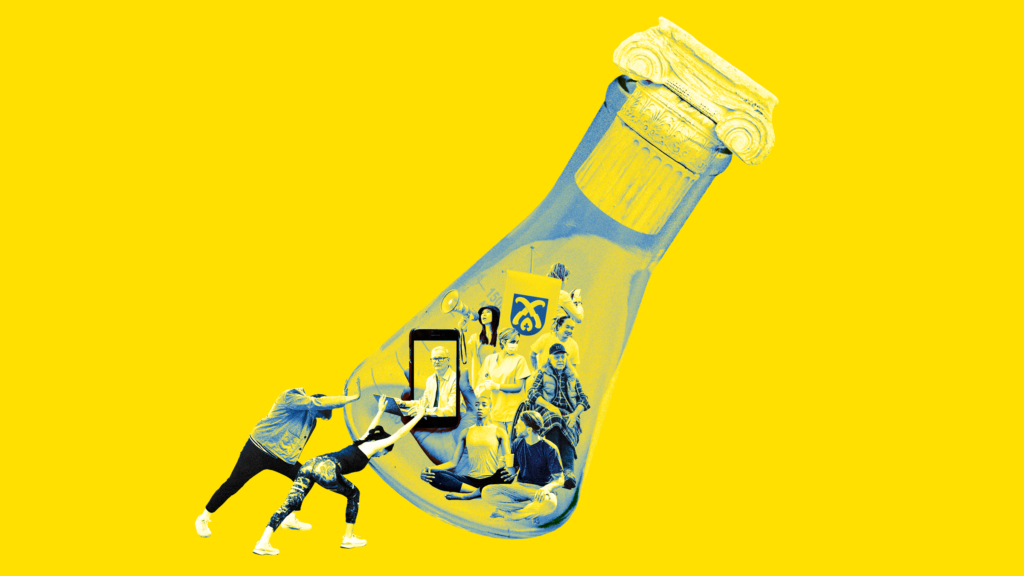
According to Van Ransbeeck, companies and organizations like CitizenLab are now, in the post-Covid era, in a position where they can prove that digital tools have the power to help achieve that goal.
“In the coming years, I expect to see more governments embrace solutions and technologies to empower residents, give them tools to be better represented and have a direct impact on local topics,” Ransbeeck says.
Digital engagement leads to more inclusive, participatory, and responsive decision-making
So, what are the benefits of digital participation compared to more conventional means of participation?
“Overall, digital engagement allows governments to be more inclusive, more participatory, and more responsive. To me, these are the three key benefits.”
For instance, giving young people the option to cast their vote directly from their couch could be a great way to increase their engagement in politics.
For governments, it’s also resource-saving and transparent to set up a project where digital participation is embedded.
“Transparency is the key aspect here. The fact that citizens can follow up on how decisions are being made,” adds Van Ransbeeck.
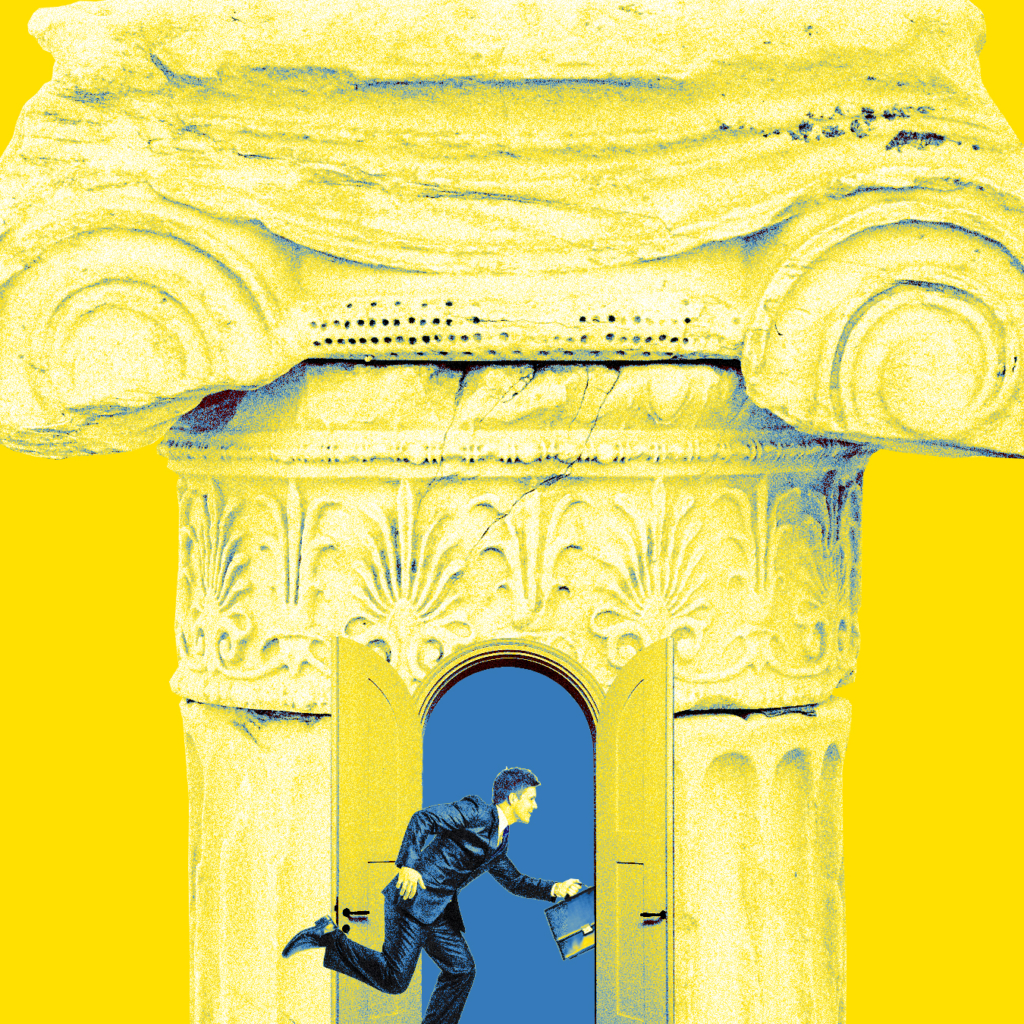
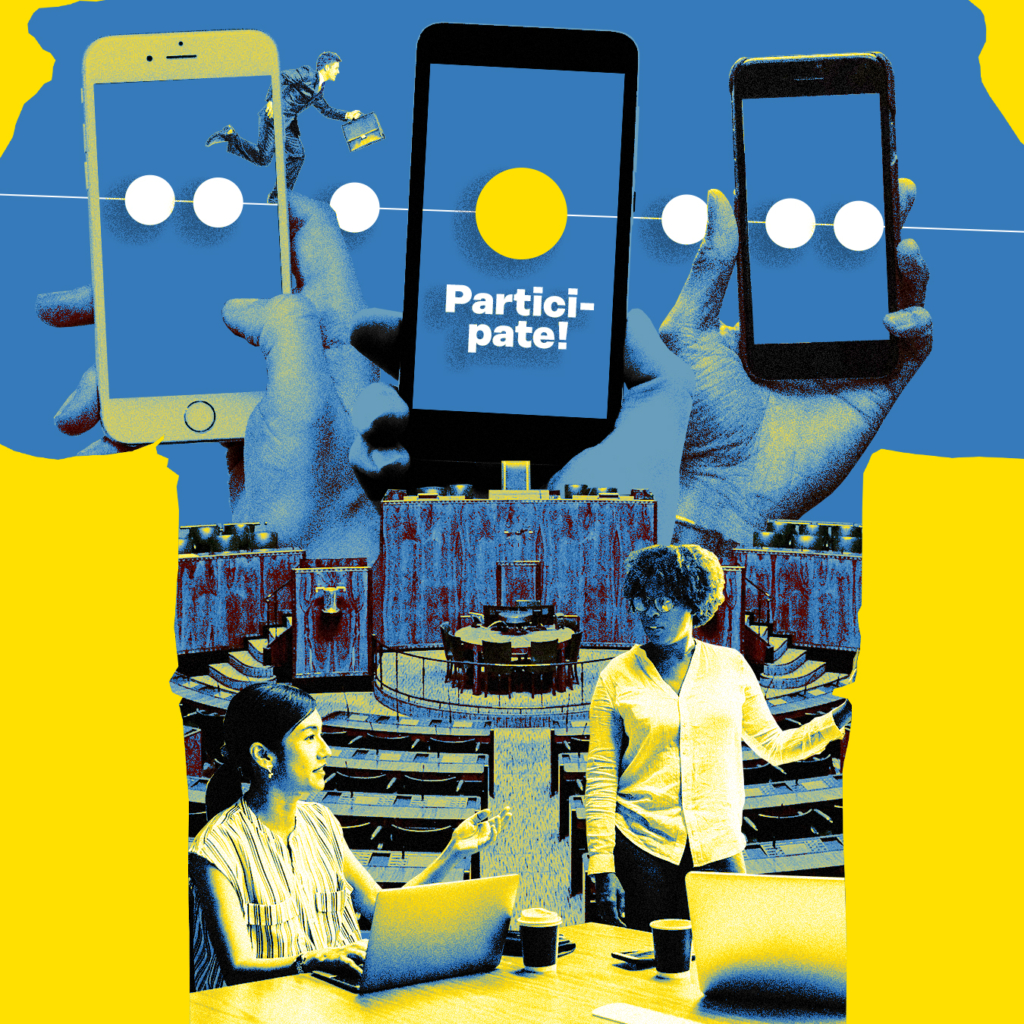
Digital engagement allows governments get more citizen “inputs” to democracy, which leads to better decision-making.
“You are not only gathering input from the citizens for the sake of it but ultimately, you want to for better-informed decisions. We need to show them that whenever they take the time to participate on those platforms, it can have a real impact on political decision-making,” Ransbeeck says.
Wanted: From closed to open-ended decision-making
But still, even this isn’t enough. We need to go further in our thinking – make a move from closed-ended decision-making to open-ended decision-making.
Umm, say that again?
“Even in decision-making, we should shift our focus more towards dialogue,” Ransbeeck says.
“A lot of governments are still playing it safe and launching surveys. As a citizen, you don’t really know how your input is used.”
This could lead to more distrust. CitizenLab’s experts always recommend organizing both online and offline methods of participation, as well as both asynchronous and synchronous methods.
You see, a digital participation platform is always asynchronous by design. Meaning, you can write a comment one day and react to another a day later, as well as share ideas or vote. Residents are also able to follow how decisions are made.
“But you also need those synchronous means, as asynchrony tends to lead to a bit more individual choice. Synchronous might mean, for instance, live conversations,” says Ransbeeck.
A citizen digital platform is for citizens to participate and have their say directly about local topics.
From projects to a dialogic and digitalized approach to democracy
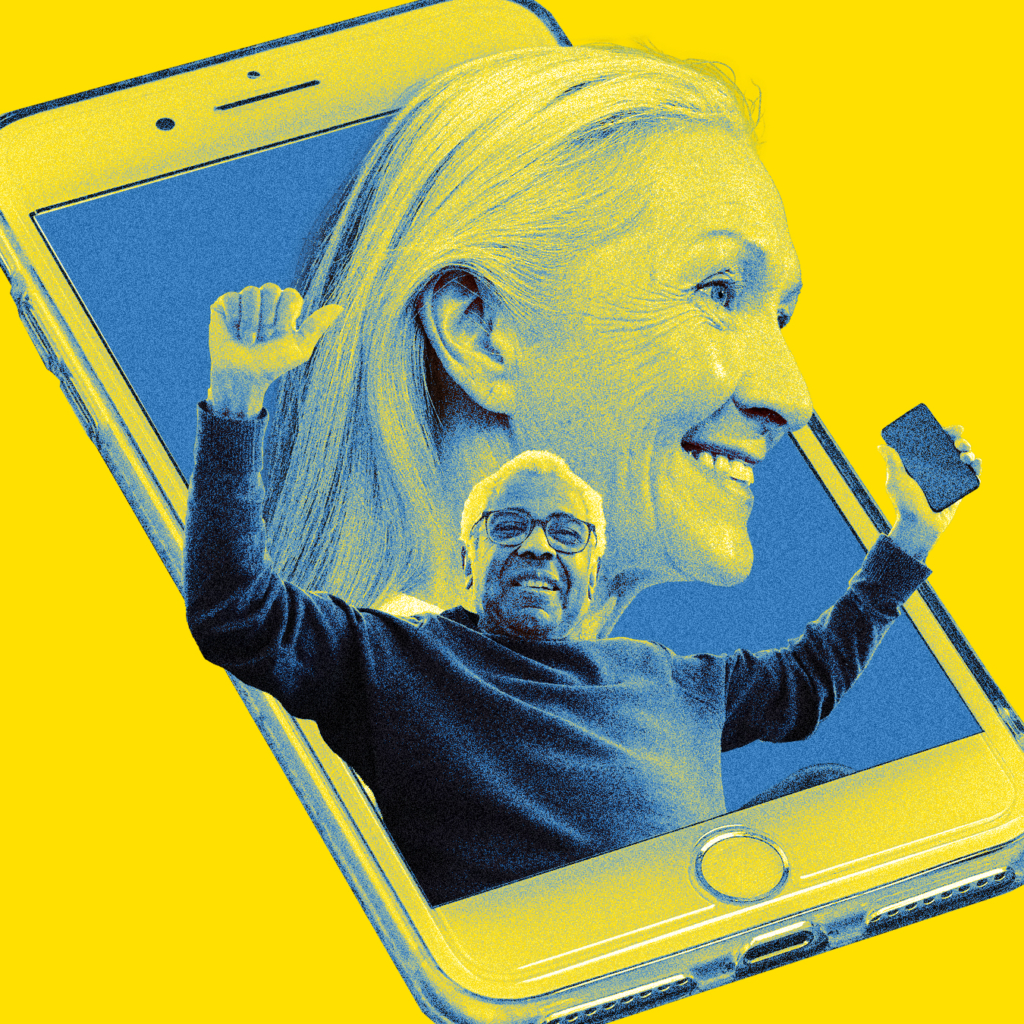
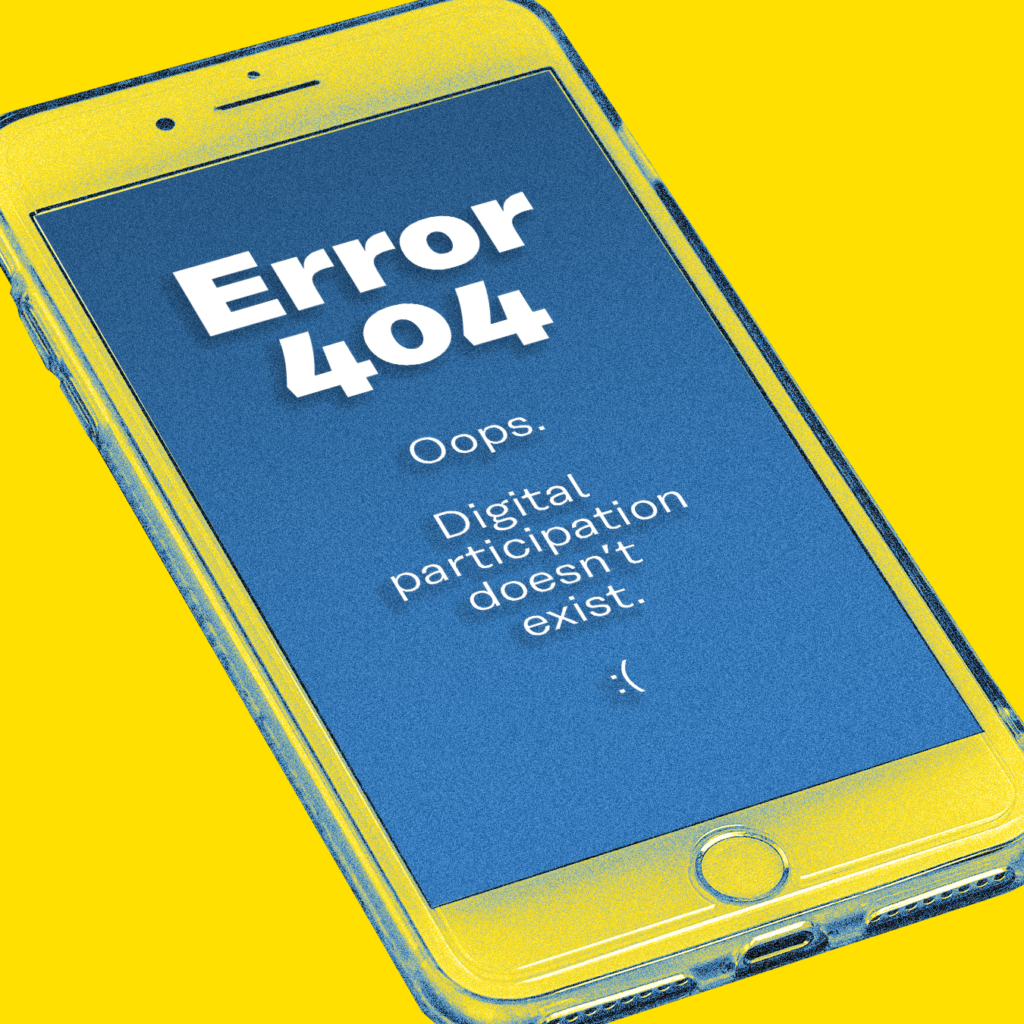
Based on Van Ransbeeck’s experience, having worked with more than 400 local governments, creating a strong culture of engagement usually means that cities must focus more than one-time projects.
Perhaps a bit surprisingly, Ransbeeck’s final thoughts take a turn towards more traditional means of democracy – an open dialogue.
“My advice to governments is to always make use of open dialogue methods to create understanding of what others are saying and promote more collaboration between residents,” says Ransbeeck.
In Siilinjärvi, Finland, the first round of participatory budgeting has been run and tested at their digital platform. The results were quite satisfactory as they managed to get more than 433 votes and 122 ideas for participatory budgeting.
“We should dare to experiment much more than we are accustomed to. Only in that way we’re able to find the solutions that fit 100 percent to our local culture,” says Milla, from Siilinjärvi, Finland.
Sitra Lab is a programme that brings together people who bring about societal changes and helps them in carrying out effective experiments.
